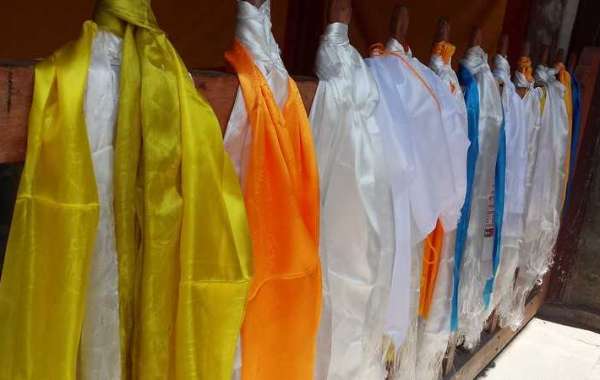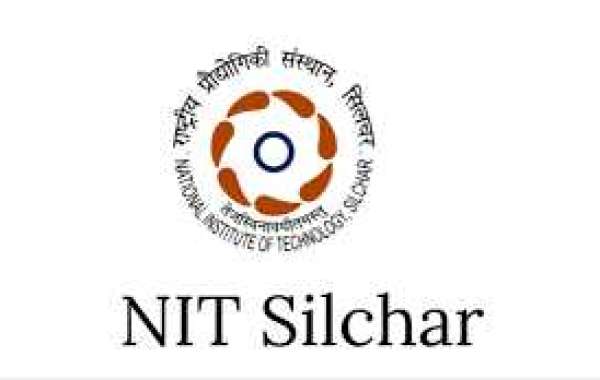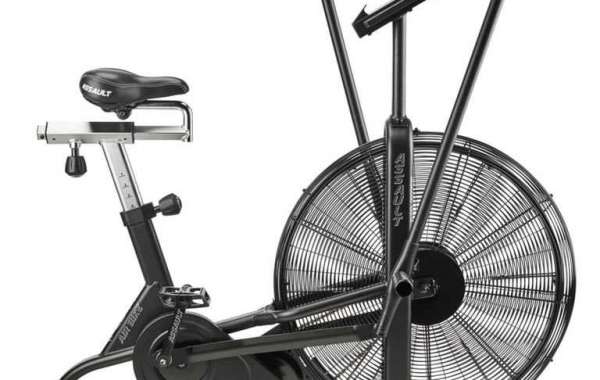Tibetans believe in Buddhism, and they have a lot of etiquette and taboos related to their religious beliefs, customs, and traditions. Here's something you should know and how to behave well before your Tibet trip.
Dining Etiquette and Taboos
Tibetans have a very different dining etiquette from most of the western countries. In Tibet, you should follow the local dietary restrictions. In general, they will use bamboo chopsticks to pick up food instead of Western tableware. Before you start eating, you should always wait until all the guests arrive. If the host is praying, please wait for a while until they start eating.
In Tibet, for certain religious reasons, Tibetans don't eat meat such as horses, dogs, donkeys, and fish. Tibetan monks' food is as same as that of the Tibetan people, mostly based on Tsampa, butter tea, dairy products, and beef and mutton. Beef and mutton are mainly dried meat.
Tibetan monks When the host gives you a cup of wine, please do not drink it up immediately. You should first dip your right ring finger in wine; use your ring finger and thumb to popup the wine in the air three times to express your respect for heaven, earth, and the ancestors; and say Tashi Delek (Tibetan words). Take a sip of wine, your host will refill your cup. Take another sip, and the host will fill the glass again. On the 3rd time, please drink it up when the host fills the glass.
When Visiting a Tibetan Family
When you visit a Tibet family, it's good for you to carry some small gifts. Traditionally, you can package some butter tea and barley beer in a gift basket. You can also bring some small gifts, such as pens, pencils, and candy as Tibet children love them very much. But you’d better not touch their head as the head is considered the holy part of the body. Only Tibetan monks or Lamas can touch their heads. When you provide tea and beer, the Tibet family usually gives you something in return. When you go with them, let the oldest go first. When you enter a tent or house, you’d better not step on the threshold. If you have a chance to have dinner with Tibetans, do not eat with your mouth overfull, and do not chew or drink noisily. When the host/hostess hands you something, for example, a cup of tea, take it with both hands to show your respect and appreciation. A good guest will never completely drink out his bowl of tea because the host will always add more tea to make sure that your bowl is not empty.
When Visiting Monasteries in Tibet
Buddhism is an important part of the daily life of the people in Tibet and is closely related to the cultural customs of Tibet. It shapes the whole way of life of Tibetans, including art, literature, and music. Tibet Buddhism is well known for its elaborate rituals and prayers. The Lama plays a highly respected member of the Tibet community and is regarded as a teacher and mentor. In many families, at least one family member is a monk or nun, which is a kind of honor of the family.
Buddhist monasteries in Tibet are very hospitable, even some monasteries in remote areas can provide simple accommodation for travelers. Some monasteries don’t accept visitors wearing short skirts or short pants, so please dress modestly. When getting inside a chapel of monasteries, please take off your hat and sunglasses. If monks pray or recite in the monastery, you need to keep quiet. If you want to greet them, it is not appropriate to embrace or shake hands. The correct way is to put your palms together in front of your chest and lower your head. When you visit the Buddha statues in the monastery, you’d better not touch any, as well as the religious holy objects or the prayer flags. Walking around the monastery, you should always walk by clockwise, except for Bon temples by counterclockwise. Taking photos of Buddha statues is not allowed in many monasteries, and some require an extra fee of USD2 for taking photos. Always consult your local guide if you are not sure about the thing, same as anywhere else in Tibet. When you want to take a photo of local Tibetans, please ask their permission first.








